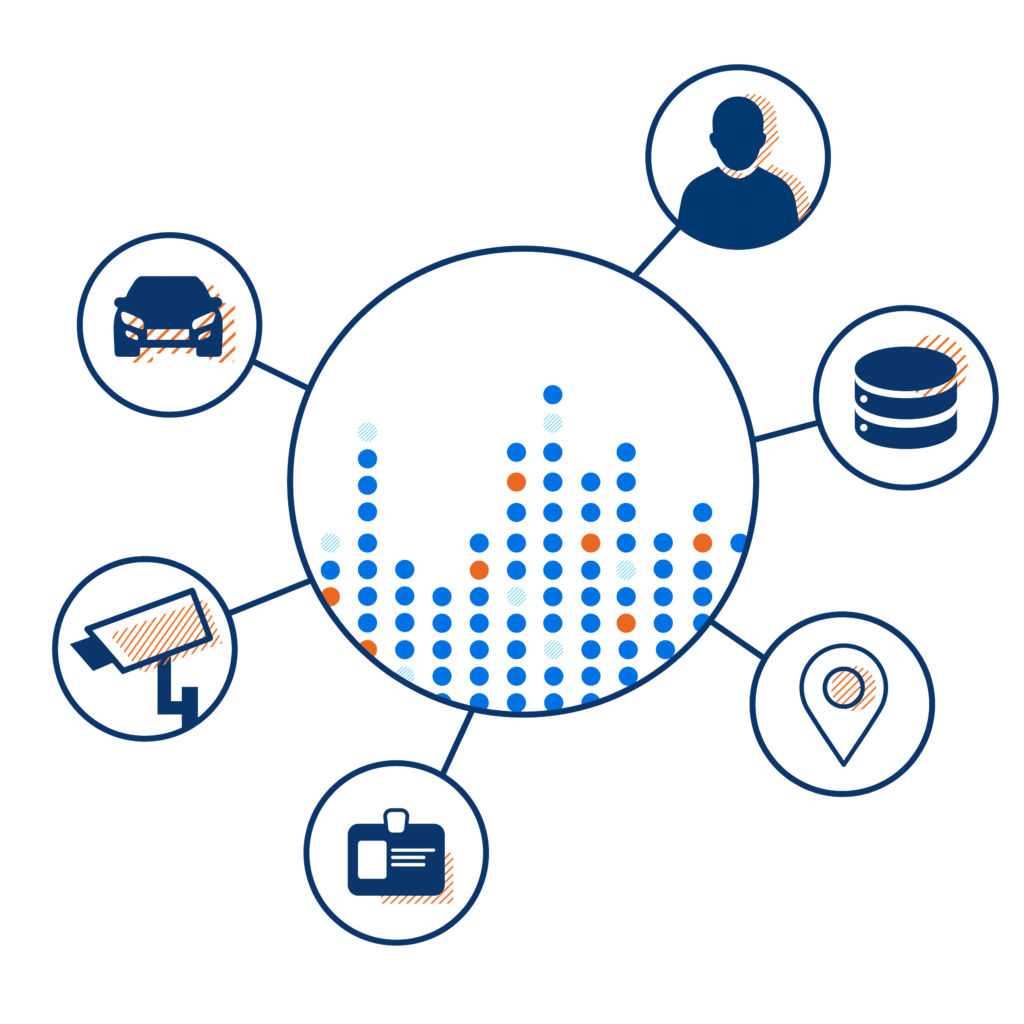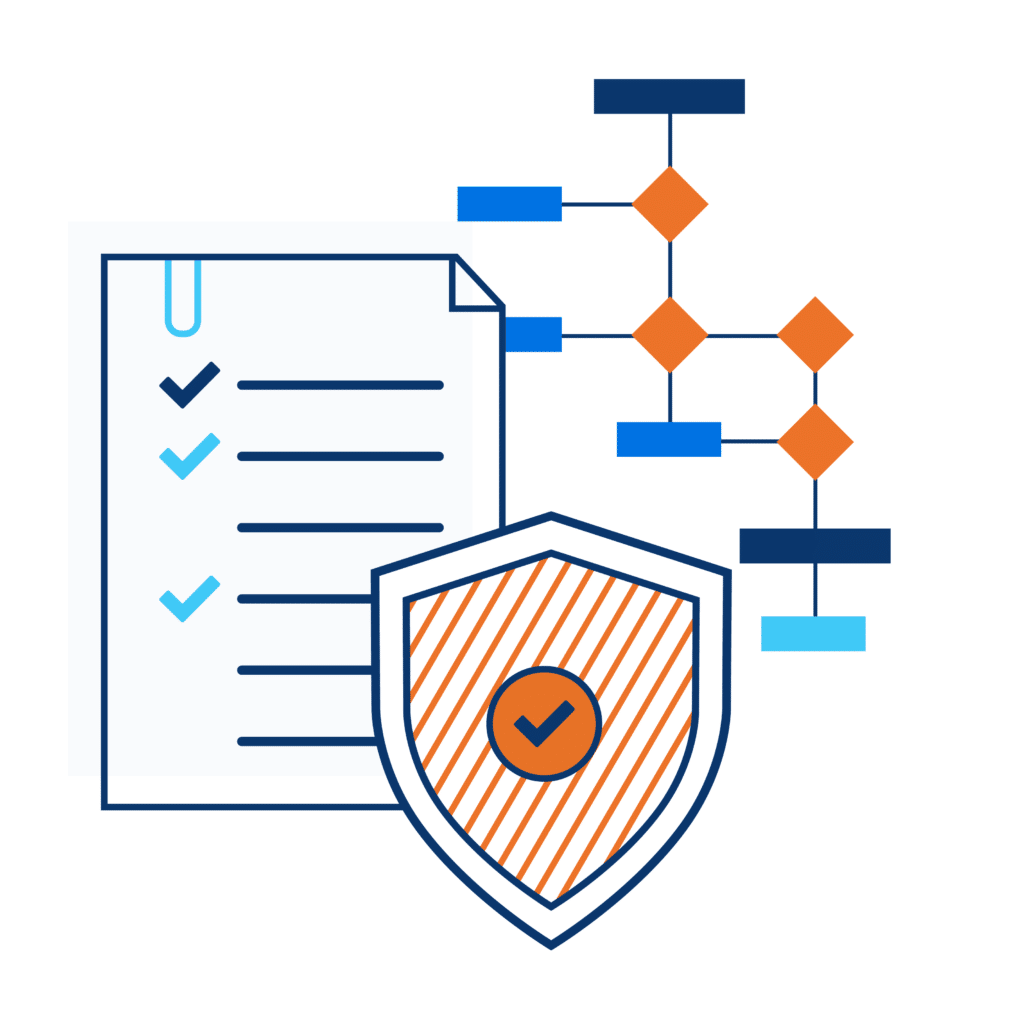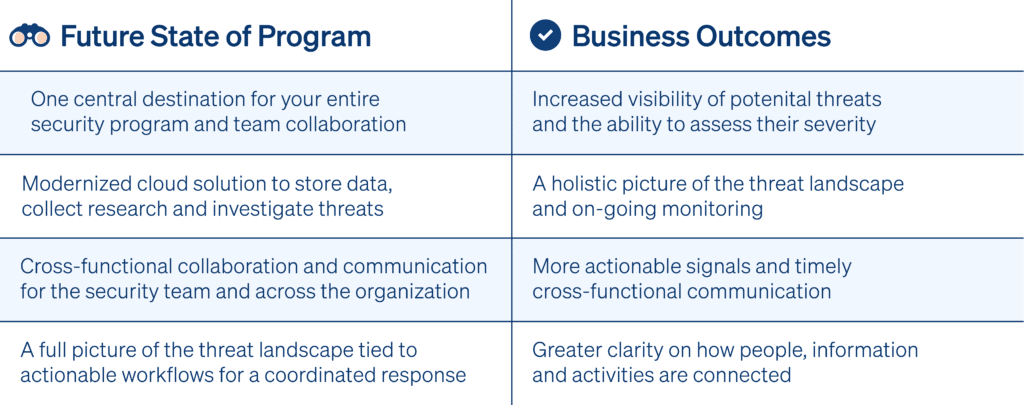Streamlining Security Operations Amidst Geopolitical Turmoil
While we’re unsure of the full repercussions global events will have on multinational corporations, there are ways security teams can better predict, assess, and prepare for potential threats.

When geostrategic crises erupt, the risks to multinational corporations can be complex and
unpredictable. While geopolitical conflict undoubtedly has had major repercussions on the
global economy that will trickle down to every business, the full effect of these ramifications
on employees, executives, and assets later down the line are still unknown.
A 2022 survey by EY of Chief Executive Officers (CEOs) stated “geopolitical tensions as the most critical risk to their future growth strategies.” Threats like geopolitical crises, trade policy, and supply chain disruption increase businesses’ operational risks. They are becoming more of a priority not only for the C-suite but also for corporate security teams.
Whether you have an executive traveling to a foreign country with a high probability of conflict or political unrest near one of your facilities, failure to prepare for global shocks can have drastic consequences for business operations.
In the 2022 Mid-Year Outlook State of Protective Intelligence Report, 31% of respondents selected increased physical threats and company backlash related to geopolitical, activism, and social issues as areas of concern for their physical security program this year. The survey concluded that physical security programs are shifting to a heavier focus on global risk concerns compared to local security issues.
These concerns manifest in many forms, such as a corporation with a distributed workforce being “flagged” in a particular country or an organization’s supply chain lines running through various countries – all with unique governance issues – becoming stretched thin, allowing for
more risks to enter.
Numerous risks cause security leaders to be tasked with managing multiple priorities of work within an uncertain (and constantly changing) environment. A perpetual state of volatility impacts the ways businesses operate and their ability to plan and mitigate risks. So, how can security
teams better anticipate and, therefore, better prepare for potential hazards caused by global events to protect their people, operations, and bottom line?
The Importance of Situational Awareness During Global Chaos
With new information pouring in from different angles every day, it’s becoming increasingly difficult
for security leaders to decide which transnational threats should be prioritized and which can be
dealt with later. Situational awareness tools help observe the threat landscape on a global scale
and recognize potential risks in real-time – capturing critical signals from multiple sources, including weather, social media, geo risks, human intelligence, and technology systems. By understanding what events are on the horizon and visualizing their proximity to employees, assets, and virtual assets, teams can collaborate and take proactive steps to mitigate the potential impact of a threat.

DETECT
See suspicious activity and critical signals through the noise with real-time curations and alerts

UNDERSTAND
Bring together data, people, and processes to develop advanced understanding and gain context to support seamless communication

ACT
Ensure a coordinated response with connected workflows to activate operations and facilitate action
Having a situational awareness tool that lives within your risk management platform takes threat detection capabilities to the next level by providing a central source of truth with all your data in one view – which is critical during times of heightened global risk. With these systems in play, your organization can better forecast impending vulnerabilities so you can fill intelligence gaps. This helps businesses avoid supply chain disruptions, comply with sanctions, keep employees in countries with conflict safe, or even help manage reputational risk associated with these crises.
Here are some common objectives that are typical for corporate security teams to strive for and how a modern cloud-based platform, like Ontic, can assist in streamlining operational efficiency to protect your organization from employee safety and supply chain concerns during times of global chaos.

While having the right technology in place is essential, there are a few other tactics corporate protectors can put into practice when mitigating ongoing risks. On a practical level, here are a few suggestions to consider:
01
Understand which risks are key priorities and their requirements
02
Ensure collective monitoring exists among “risk groups”
03
Utilize the above in table tops/red teaming in conjunction with business continuity
04
Don’t assume everyone is on the same page; make opportunities
for people involved in risk to talk
05
Establish common operating information to create a common operating environment
06
Assure everyone understands the threat and their place in managing it:
observe, monitor, react, support, or stand by






